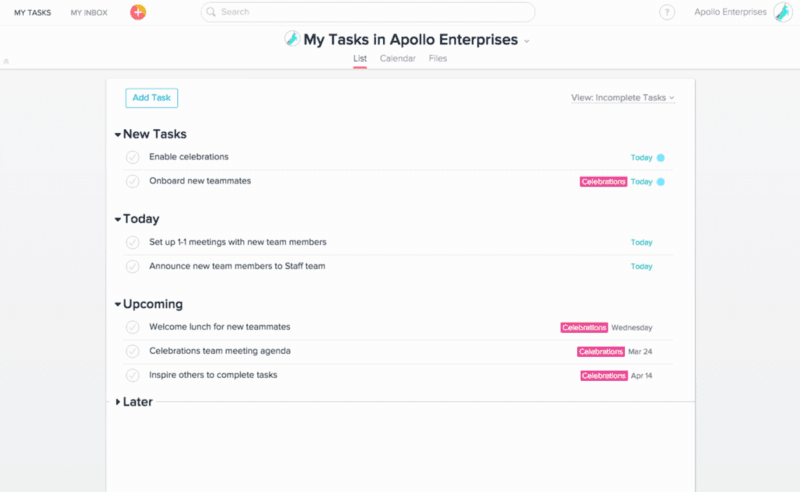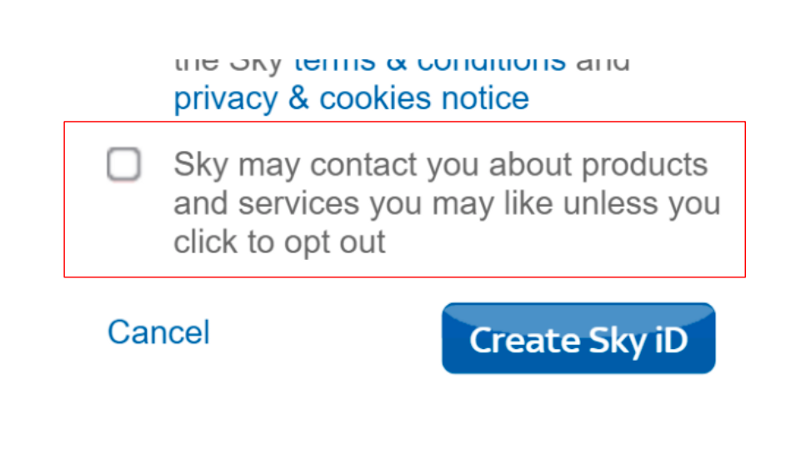
Why Our Impressions Often Become Our Memories
The peak-end rule states that we remember experiences in our lives as a series of individual snapshots rather than a complete chain of events. These snapshots are skewed towards the positive and negative peaks of that experience and towards the end of the experience.

Booking.com's one-star reviews are a classic example of the peak-end-rule. They fixate on one or two particular aspects of experiences, such as a dirty hotel room, or very rude staff.

When we design our product, it's important to take the Peak-End rule into account because by doing that we not only improve the user's subjective opinions about our design, but we also make our design more memorable.
Psychological Foundations
The peak-end rule is coined by Daniel Kahneman and Barbara Frederickson. In their 1993 study, they found that human memory is rarely has a perfectly accurate record of events. In most cases, only the most emotionally intense points of experience and the end of that experience stays in our long-term memory.
Kahneman says: "Memory was not designed to measure ongoing happiness, or total suffering. For survival, you really don't need to put a lot of weight on duration of experiences. It is how bad they are and whether they end well, that is really the information you need as an organism"
The Peak–End Rule in user experience
If you want to successfully apply the peak-end rule to your design process, it's important to take the entire user journey into account. You need to identify the most intense points of a user journey (both positive and negative).
Make positive peaks even more powerful
Find the most rewarding points in a user journey and make them better. Design decisions that highlight the user's success can transform a pleasant experience into a truly memorable one.
Asana, a task management tool, has four celebration creatures (a unicorn, yeti, narwhal, or phoenix) that sometimes fly across user's screen like a shooting star as a user completes tasks. The app enhances the feeling of accomplishment that comes with finishing the task.

Tips for designers: Identify the moments when your product is most valuable or entertaining and design to make those moments even better. Utilize surprise and delight to create really positive peaks.
Reduce the stress caused by negative peaks
People remember negative experiences more vividly than positive ones. People who watched "Billy Madison" most certainly remember Steve Buscemi's character who, despite a lot of time that pass, easily remembers everyone who bullied him in a high-school.

Same rules apply when it comes to digital products. Moments of frustration or confusion act as negative "peaks" in the peak-end rule and they have a substantial effect on the impression that users will later recall.
Tips for designers:
- Improve the usability of your product. Illegible text, bad navigation experience, intrusive pop-ups - those things can cause terrible user experience.
- Find places in the user journey where users need support & assistance. For example, if you design online banking service, make sure users won't face any problems during sending/receiving money or monitoring their transactions.
- Design for edge-cases. Consider conditions that can negatively impact the usability of your product. For example, what your users will see when your app won't have an internet connection? Or when your services will be out of order? Facing a dead-end screen is really unpleasant and unexpected that it will make a strong impression.
- Avoid using dark patterns in design. Dark patterns are elements of product design created to make users do things they might not want to do - actions that benefit the business, not users. Once discovered by users, dark patterns create a huge negative "peak."

End on a high
Many music bands play their best songs during the encore because they know that last impressions are lasting impressions. Just like a great musician, you should ensure that your users' experience of your product concludes on a positive note.
Tips for designers:
- Bring the power of emotions and humor in user interactions. Reward users with something that acknowledges their success.
- Make something unexpected. If you run an online store you can send your customers a personalized thank you note or freebie together with their order.
- Design good offboarding experience. Even when your users decide to leave your service, create a positive last impression by designing good offboarding experience.